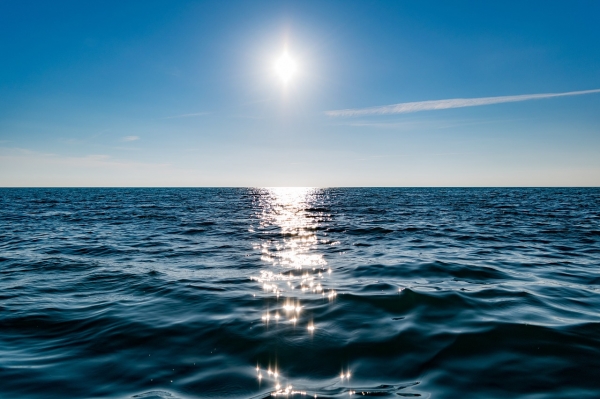Anoxic marine basins are among the most viable places to conduct large-scale carbon sequestration in the deep ocean, while minimizing negative impacts to marine life.
Anoxic marine basins are among the most viable places to conduct large-scale carbon sequestration in the deep ocean, while minimizing negative impacts to marine life. So say UC Santa Barbara researchers in a paper published in the journal AGU Advances. As we explore ways to actively draw down the levels of carbon in the atmosphere, sending plant biomass to these barren, oxygen-free zones on the seafloor becomes an option worth considering.
“The big picture here is that all the best models that we have say that we have to do some form of net negative CO2 removal in order to hit climate goals,” said geochemist, geobiologist and lead author Morgan Raven, referring to the aim to limit global warming to 1.5°C higher than preindustrial levels as established by the International Panel on Climate Change.
There’s a variety of ways to store carbon; one method that shows promise is the sinking of carbon in the form of plant biomass to the seafloor, so the vegetation can’t release CO2 and methane into the air as it degrades. Ideally, the carbon would be locked away for hundreds, if not thousands of years.
Read more at: University of California - Santa Barbara
Photo Credit: Pexels via Pixabay




